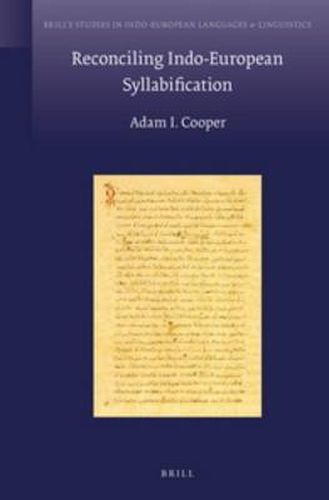Readings Newsletter
Become a Readings Member to make your shopping experience even easier.
Sign in or sign up for free!
You’re not far away from qualifying for FREE standard shipping within Australia
You’ve qualified for FREE standard shipping within Australia
The cart is loading…






In Reconciling Indo-European Syllabification, Adam Cooper brings together two seemingly disparate phenomena associated with Indo-European syllable structure: the heterosyllabic treatment of medial consonant clusters, which tolerates CVC syllables, and the right-hand vocalization of sonorants, which ostensibly avoids them. Operating from a perspective that is simultaneously empirical, theoretical, and historical in nature, he establishes their compatibility by crafting a formal analysis that integrates them into a single picture of the reconstructed system.
More generally, drawing on evidence from Vedic, Greek, and Proto-Indo-European itself, Cooper demonstrates the continued relevance of the ancient Indo-European languages to contemporary linguistic theory, and, moreover, reaffirms the value of the syllable as a unit of phonology, necessary for these languages’ formal representation.
$9.00 standard shipping within Australia
FREE standard shipping within Australia for orders over $100.00
Express & International shipping calculated at checkout
In Reconciling Indo-European Syllabification, Adam Cooper brings together two seemingly disparate phenomena associated with Indo-European syllable structure: the heterosyllabic treatment of medial consonant clusters, which tolerates CVC syllables, and the right-hand vocalization of sonorants, which ostensibly avoids them. Operating from a perspective that is simultaneously empirical, theoretical, and historical in nature, he establishes their compatibility by crafting a formal analysis that integrates them into a single picture of the reconstructed system.
More generally, drawing on evidence from Vedic, Greek, and Proto-Indo-European itself, Cooper demonstrates the continued relevance of the ancient Indo-European languages to contemporary linguistic theory, and, moreover, reaffirms the value of the syllable as a unit of phonology, necessary for these languages’ formal representation.